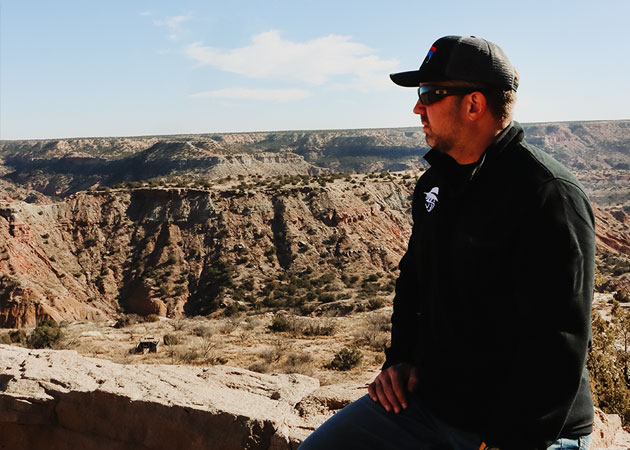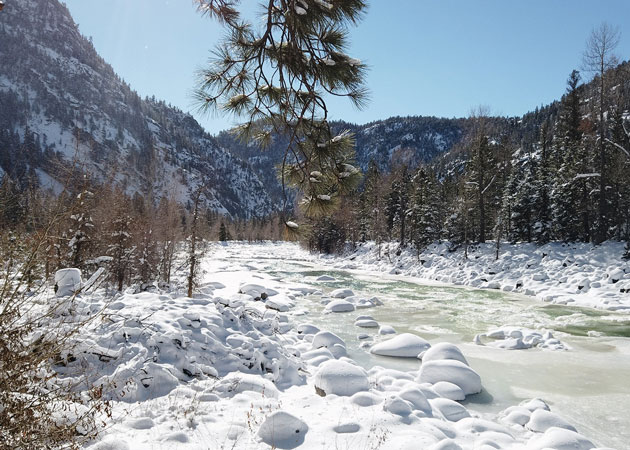Farming has come a long way in the last several thousand years. However, the technological developments of the past decade have been truly astronomical. This is as true of farming as it is any other industry.
Prime Example? The application of drones in agriculture. These new gadgets have become increasingly ubiquitous over the past few years, but they are more than just overpriced toys. Their potential implications for farming are very real, and quite consequential. For that reason, today we will explore some of the ways drones can positively impact farming.
Soil Analysis
One of the most interesting applications of the drone as it pertains to agriculture is in its ability to provide preliminary soil analysis.
With the right software, drones can render comprehensive digital maps that provide data on soil regarding irrigation, ideal planting patterns, so on and so forth.
The extent to which farmers will be able to collect data is not yet known. Given how new the technology is, the potential is inestimable. Inestimable, but huge.
Planting
Use of drones for planting is currently in the very early stages of development. However, the benefits could be quite large and so far, things have looked extremely promising. In a few select situations, drones have even been used to replant trees in response to fires, or deforestation.
Early estimations indicate that the potential cost saving of drones for planting will be enormous. Current data points indicate that farmers using drones for planting can reduce the expenses of this task by up to 85%.
Crop Spraying
There are quite a few benefits to using a drone for crop spraying. All of these benefits distill into financial gain.
For one thing, drones are much quicker than humans. It’s estimated that a drone can cover 33 acres in one hour, with the potential to save farmers $12 for every acre it sprays.
There is also the matter of crop trampling. Using a drone to spray your fields can reduce the threshold of crop damage from the current average (15%) to zero.
As an added bonus, the drone also gives farmers a unique overhead look at the crops as it sprays. The aerial view may make it easier to tell which spots are thriving and which are not.
Timeline:
Keep in mind that all of the above listed applications are still in their infancy. Drones in their present iteration are only a recent technological advent, and their full potential is far from realized.
Though drones have hit the agricultural scene quite hard and quite fast, only time can tell us the precise role of drones in the world of agriculture. Field experts expect the impacts of drones in farming to be much more fully realized in the next ten years or so.
Farmers now are faced with a tough decision: get in at the ground floor, or wait things out, and allow drones to face the test every new piece of technology must endure: it’s level of value over time.
Conclusion
Drones for farming. There’s no denying that it sounds strange. It does now anyway, but the way tech is trending, that won’t be the case for very long. The potential for this technology is quite clear. Real time data, easy planting, spraying, surveying. The chance to save lots and lots of money. Every farmer wants these things. As it now stands, drones seem poised to offer all of these things and maybe even more. The tech is fairly new, but regardless one thing does seem pretty clear: drones look poised to play a big part in the future of agriculture.


